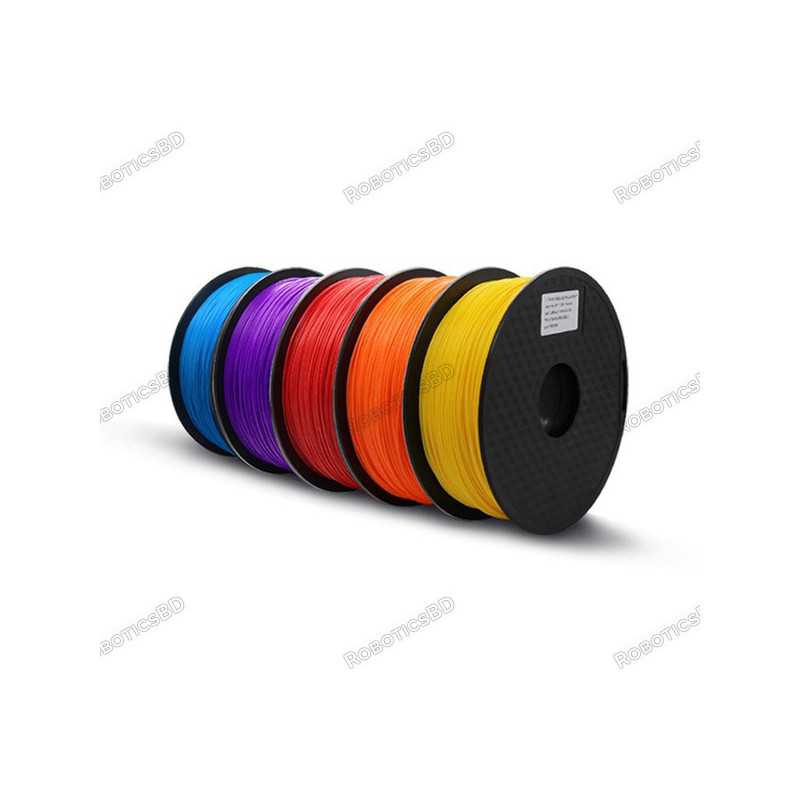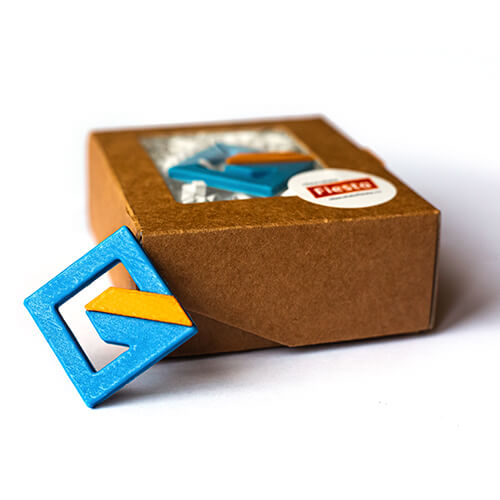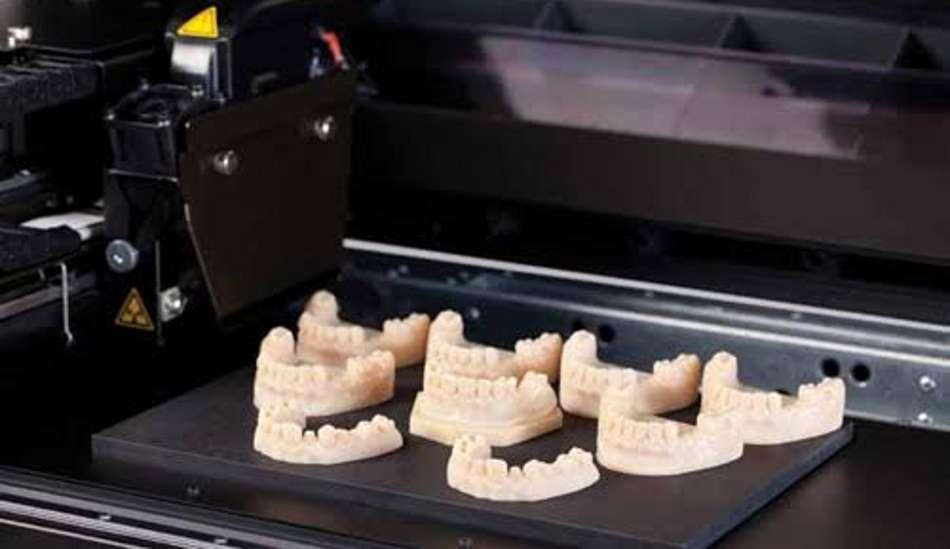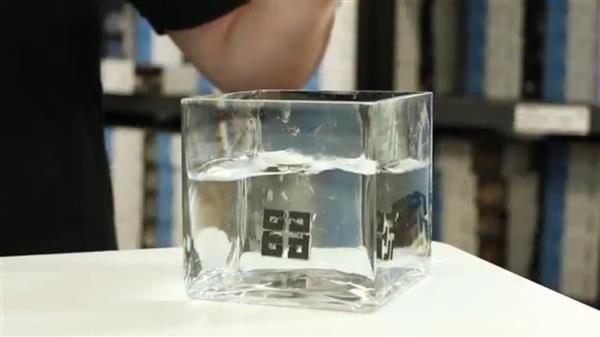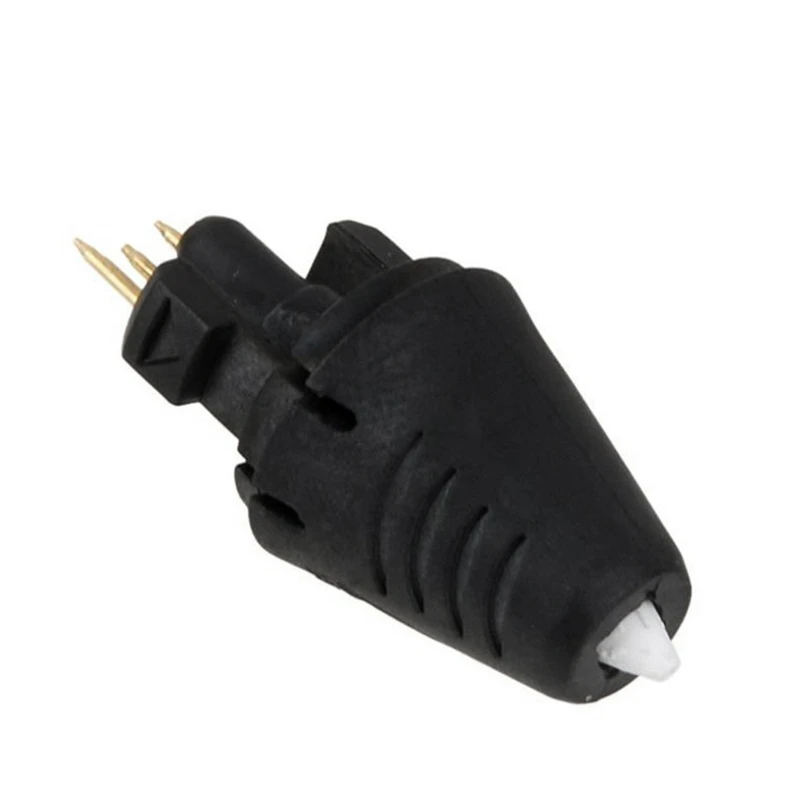3D printing violin
3D Printed Violins Could Help Bring Music to All
Published on December 8, 2022 by Madeleine P.
Music has been a part of humanity for as long as we have been recording history. And though it has changed much over the years, some things have stayed constant. For example the types of instruments and how they are made. Take the violin for example. To this day, it is one of the most popular instruments and it is still made using traditional processes. However, that does not mean that that is the only way to create the instrument. In the latest innovation in the field, AVIVA Young Artists Program recently unveiled that they are 3D printing low-cost, durable violins for music students.
It is no secret that violins are expensive to buy. While professional violinists often have instruments that cost between $2000 and $10,000, it is possible to have one that cost millions depending on how they were and who made them. Indeed, even basic violinists for students often cost $1000 or more. This can make it hard to for many to access the instrument, especially for beginners and music classrooms. However, AVIVA Young Artists Program is hoping to rectify this.
The body of the violin (photo credits: AVIVA Young Artists)
The program started as an experiment in 2012 to reach underserved communities through the first virtual Suzuki-based program. And now it is grown to be the premier web-based young artists program for violinists worldwide. It seeks not only to connect people to music worldwide, but also to grow and innovative. And their 3D printed violin is a key part of that mission.
Introduced for the first time at the Acoustical Society of America’s Conference on December 6th, 2022, the 3D printed violin not only works correctly but was able to be made at the fraction of the cost of a traditional instrument. The printing costs for each one were only $7 while assembly costs came out to under $30. Considering that even low-cost beginner violins cost around $500, this is a significant reduction in price and would make these beautiful instruments more accessible to more people.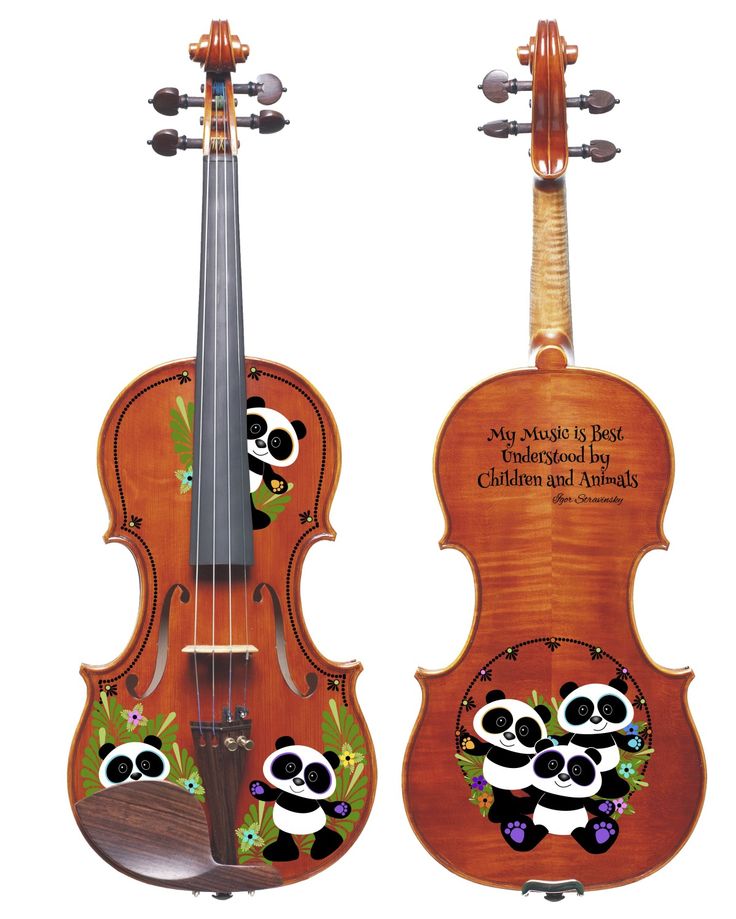
But what is the 3D printed violin like? According to a press release from the Acoustical Society of America, the body is made of a plastic polymer material in the same manner as a traditional acoustic violin, designed specifically to produce a resonant tone. Meanwhile the neck and fingerboard are printed in smooth ABS plastic in order to be more comfortable in the musician’s hands. Moreover, the resulting violin apparently produces a darker, more mellow sound than traditionally made instruments.
And although it is not yet available for purchase, the violin has already been tested. An early iteration allowed Mary-Elizabeth Brown, the director of the AVIVA Young Artists Program, to play Harry Stafylakis’ concerto “Singularity” which was written explicitly to be played on 3D printed instruments. Brown concludes:
“Our goals were to explore the new sound world created by using new materials, to leverage the new technology being used in other disciplines, and to make music education sustainable and accessible through the printing of more durable instruments.
The next step is to explore design modifications as well as efforts to lower the costs of production while making such instruments more widely available, especially in the realm of education.”
You can find out more in the press release from the Acoustical Society of America HERE. What do you think of these 3D printed violins? Let us know in a comment below or on our LinkedIn, Facebook, and Twitter pages! Don’t forget to sign up for our free weekly Newsletter here for the latest 3D printing news straight to your inbox! You can also find all our videos on our YouTube channel.
*Cover Photo Credits: AVIVA Young Artists
Low-cost 3D-printed violin could be coming to a music school near you
Music
View 3 Images
View gallery - 3 imagesIt's ironic that while violins are popular instruments for children to learn to play, they can also be very pricey.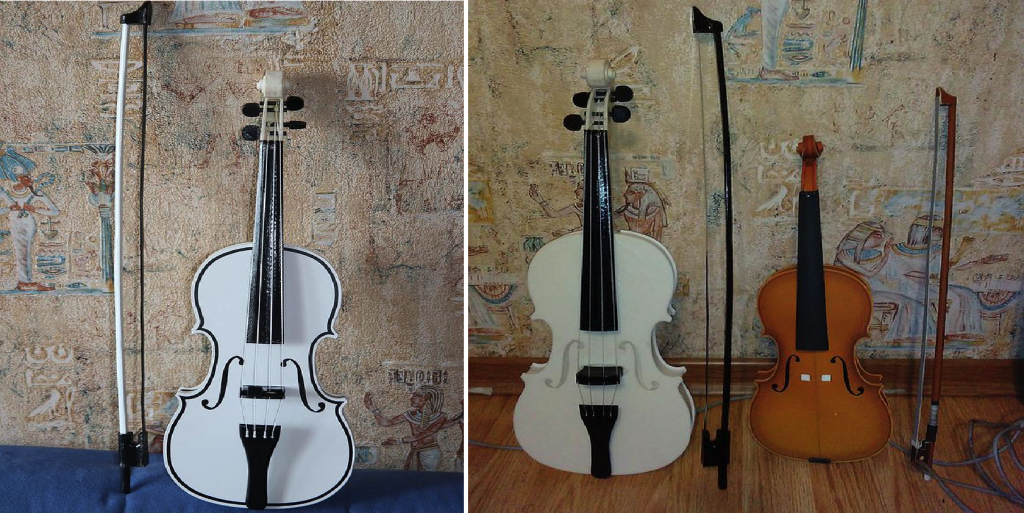 The Montreal-based AVIVA Young Artists Program has set out to change that, by developing an inexpensive yet nice-sounding 3D-printed violin.
The Montreal-based AVIVA Young Artists Program has set out to change that, by developing an inexpensive yet nice-sounding 3D-printed violin.
Although "budget" violins for children do already exist, reasonable-quality models are typically priced in the hundreds to thousands of dollars. By contrast, AVIVA's 3D-printed violin should reportedly set makers back approximately US$34 – that's $7 in printing costs, and about $27 to get the thing fully assembled.
The latter process involves purchasing and installing third-party non-3D-printed parts such as the strings, chin rest, tail piece and tuning pegs. AVIVA Young Artists Program director Mary-Elizabeth Brown tells us that buying such components wholesale makes more sense than printing them all out for each build, plus it allows for a higher level of customization for each student.
The main body and neck of the violin, made of PLA and ABS respectivelyShawn Peters for Ottawa Symphony
Shaped much like that of a traditional violin, the main body of the instrument is printed out of PLA (polylactic acid) polymer.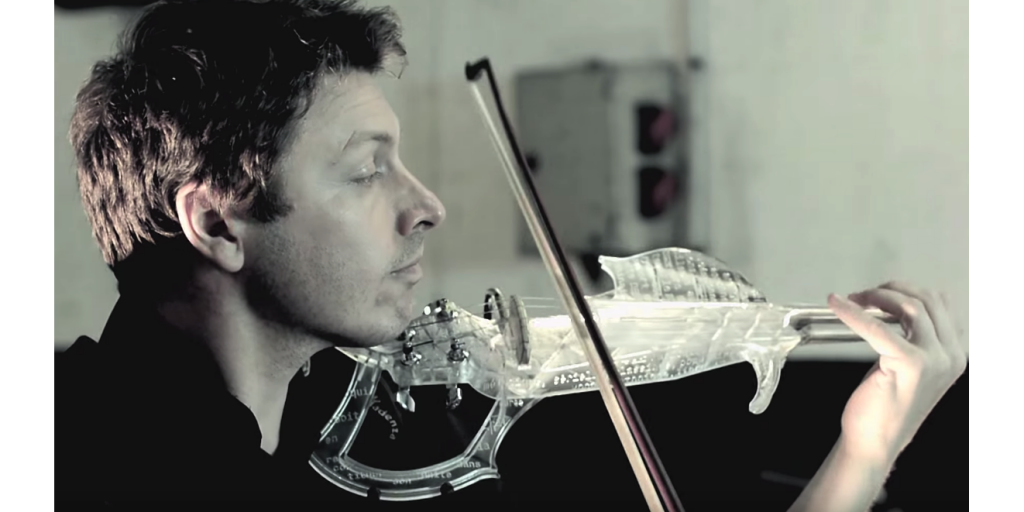 A series of square cavities inside of it help to both reduce weight and produce a resonant tone. The separately printed neck – which simply gets clipped onto the body – is made of smoother ABS (acrylonitrile butadiene styrene) plastic, allowing it to sit comfortably in the student's hands.
A series of square cavities inside of it help to both reduce weight and produce a resonant tone. The separately printed neck – which simply gets clipped onto the body – is made of smoother ABS (acrylonitrile butadiene styrene) plastic, allowing it to sit comfortably in the student's hands.
Once it's all put together, the instrument is said to produce a sound that's darker and more mellow than that of a regular violin. As an added bonus, the AVIVA violin is also less fragile than its traditional wooden cousins.
The 3D-printed violin costs about $34 to print and assembleShawn Peters for Ottawa Symphony
Ultimately, the aim of the project is to get violins to individual children or music programs that couldn't otherwise afford them. The method of distribution has yet to be decided – it could involve shipping fully printed violins, sharing the 3D-printing files with makers, or a combination of both. Whatever the case, interested parties can register for updates via the Print-A-Violin website.
Brown presented her team's work this Tuesday, at the 183rd Meeting of the Acoustical Society of America.
"Our goals were to explore the new sound world created by using new materials, to leverage the new technology being used in other disciplines, and to make music education sustainable and accessible through the printing of more durable instruments," she says. "The next step is to explore design modifications as well as efforts to lower the costs of production while making such instruments more widely available, especially in the realm of education."
You can see and hear an adult-size version of the AVIVA violin being played in the video below. And no, it isn't the first 3D-printed violin we've seen. University of Texas student Sean Riley created one of his own, plus the Modular Fiddle can either be user-printed or purchased ready-to-play for $550.
Full Sized 3D Violin
Sources: AVIVA Young Artists Program, Acoustical Society of America via EurekAlert
Ben Coxworth
Based out of Edmonton, Canada, Ben Coxworth has been writing for New Atlas since 2009 and is presently Managing Editor for North America. An experienced freelance writer, he previously obtained an English BA from the University of Saskatchewan, then spent over 20 years working in various markets as a television reporter, producer and news videographer. Ben is particularly interested in scientific innovation, human-powered transportation, and the marine environment.
3D printed violin - U2 With Or Without You cover
Mar72016
3D printed violin!
3D printing and its products are not the first time used in the music industry.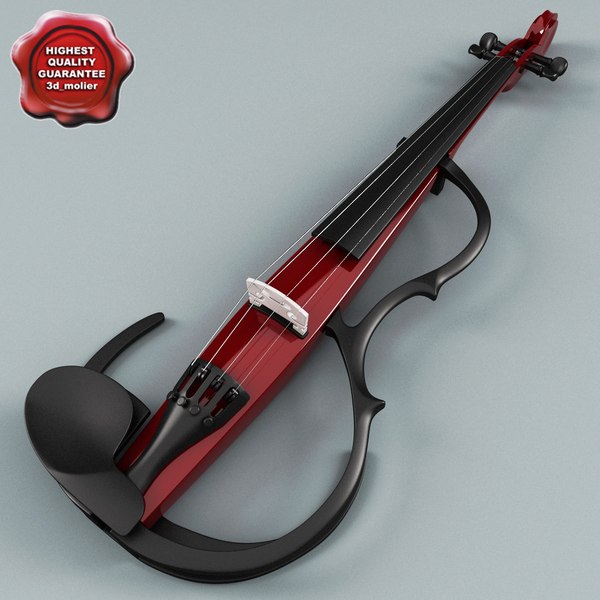 More than one video clip has been shot using 3D printed elements. The number of designer musical instruments created using a 3D printer is constantly growing.
More than one video clip has been shot using 3D printed elements. The number of designer musical instruments created using a 3D printer is constantly growing.
3D printed violin
French musician and creator of the unique 3D printed violin 3D Varius, Laurent Bernadac decided to take a completely new path. He released an original music video with an unusual musical instrument. He used the electronic violin and all the versatility of his extraordinary talent to perform a cover version of the famous song With Or Without You by U2.
3D printed violin
Laurent's violin has been modeled to his exacting specifications for design and capability. It was made using special software and then printed on a 3D printer using incredibly accurate SLA printing technology. The technology is commonly used to print prototype jewelry and other items that require high detail.
3D printed violin
The musician's outer shell was inspired by the famous Stradivarius violin.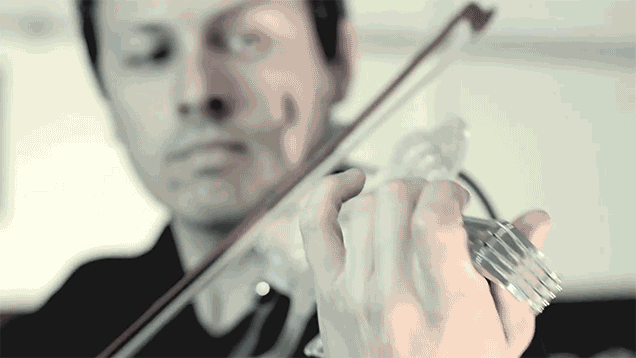 The modern design gave the finished product a very futuristic design, which did not affect the sound quality. As a result, Laurent received a technically advanced, one-of-a-kind 3D printed musical instrument. The violin looks as good as it sounds.
The modern design gave the finished product a very futuristic design, which did not affect the sound quality. As a result, Laurent received a technically advanced, one-of-a-kind 3D printed musical instrument. The violin looks as good as it sounds.
3D printed violin
This is not the first time Bernadac has used his violin for this kind of performance. Previously, he created a cover version of the The X-Files theme song. This is a tribute to the revival of the classic cult serial film. The implementation of his new project was a much bolder decision. The classic rock song about love With Or Without You is included in the list of the 500 greatest songs of all time according to Rolling Stone magazine.
3D printed violin
While the original 1987 U2 video was done in dark colors in the studio, Laurent's cover version was filmed in an open field under sunny skies. To capture this large-scale picture in its entirety, a drone was even used to create some of the shots.
3D printed violin
To harmoniously replace the vocals and famous guitar riffs, Bernadak took on the role of a human orchestra, using violin, cajon and some musical effects to create a unique atmosphere. It turned out really amazing, as you can see for yourself by watching the video clip below.
3D printed violin
Back home
Researchers 3D Printed Low-Cost Quality Violins for Music Students
The Acoustic Society of America Will Supply Music Students with 3D Printed Instruments
Only musicians can understand how exhausting and challenging playing the violin can be. Violins, not even the best ones, can cost thousands of dollars. And now for the good news for music students and aspiring musicians, thanks to the Acoustic Society of America's AVIVA Young Artists Program*, they can get affordable, high-quality 3D printed instruments.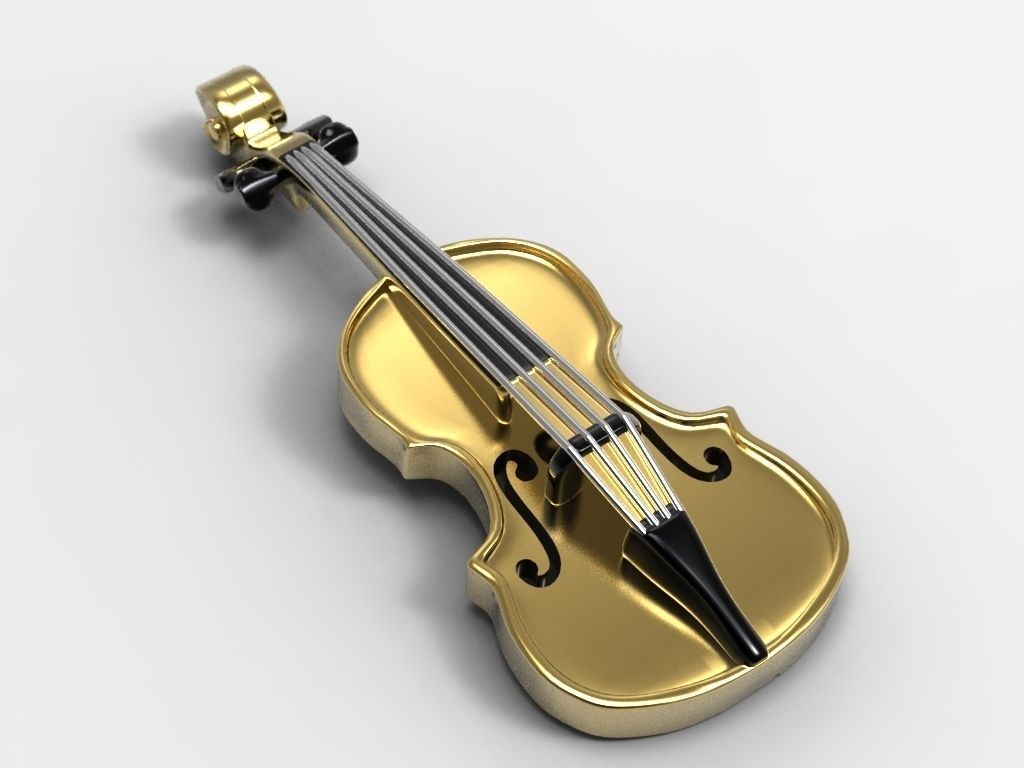
Mary Elizabeth Brown rehearsing Harry Stafilakis' "The Singularity" concerto on an early iteration of the 3D printed violin. Shawn Peters
AVIVA Young Artists Program Director Mary-Elizabeth Brown spoke about her work and lessons learned in her presentation "Old Meets New: 3D Printing and the Art of Violin Making".
"Team inspiration comes from all sorts of places," Brown said. "We aimed to explore a new sonic world created with new materials, leverage new technologies applied in other disciplines, and make music education sustainable and accessible through the printing of more durable instruments."
3D printed violins are stronger and cheaper than regular violins. Tomasz Smigla/iStock
How was the new violin made?
The violin was assembled from two parts printed with a 3D printer. The neck and neck of the instrument are printed with smooth ABS plastic for a comfortable grip. The body of the violin is made of a polymer resonant material similar in properties to resonant spruce (the material from which classical instruments are made).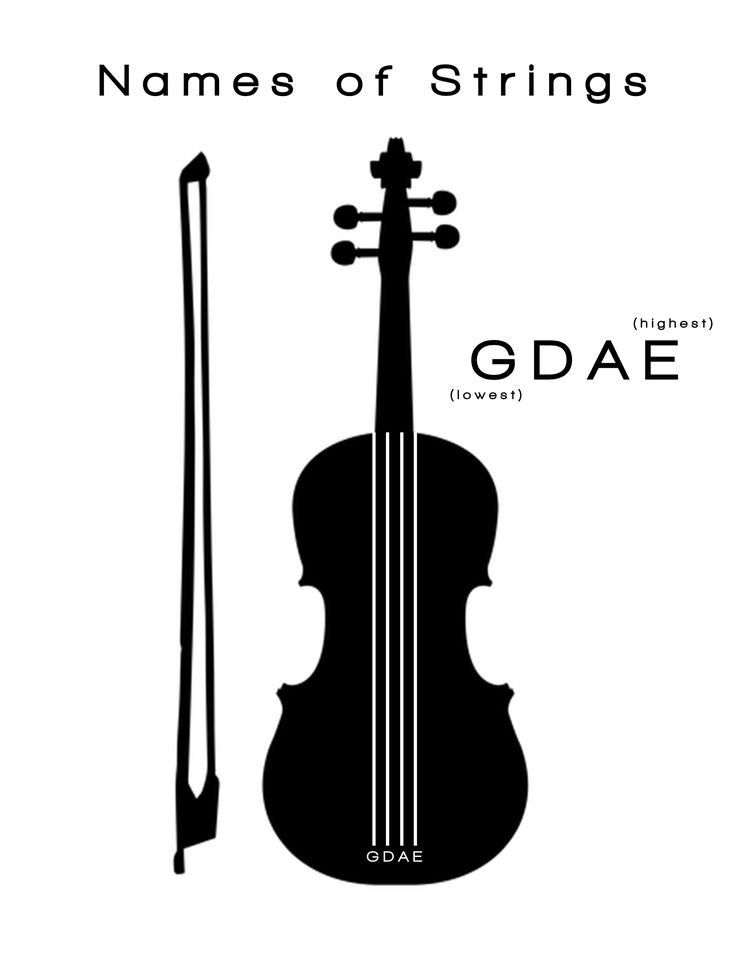 As a result, a printed violin sounds muffled and softer than an instrument made in the traditional way.
As a result, a printed violin sounds muffled and softer than an instrument made in the traditional way.
"In the future, we will try to make design changes as well as reduce the cost of production and make these tools more accessible, especially in education," says Brown.
3D Printed Instruments
Violins are not the only instruments that are 3D printed. Many tools have been made with a 3D printer before, and many of them have shown impressive results.
The World's First 3D Printed Saxophone Looks Great and Sounds Good
Professor Olaf Diegel from Australia is well known for his 3D printed designs, which include wind instruments, guitars, saxophones and even a drum set. And here, for example, the musician Jomaller Figueroa made a 3D printed baroque flute.
*About the Acoustical Society of America
The leading international acoustics society, the Acoustical Society of America (ASA) specializes in the study of the science and technology of sound.


